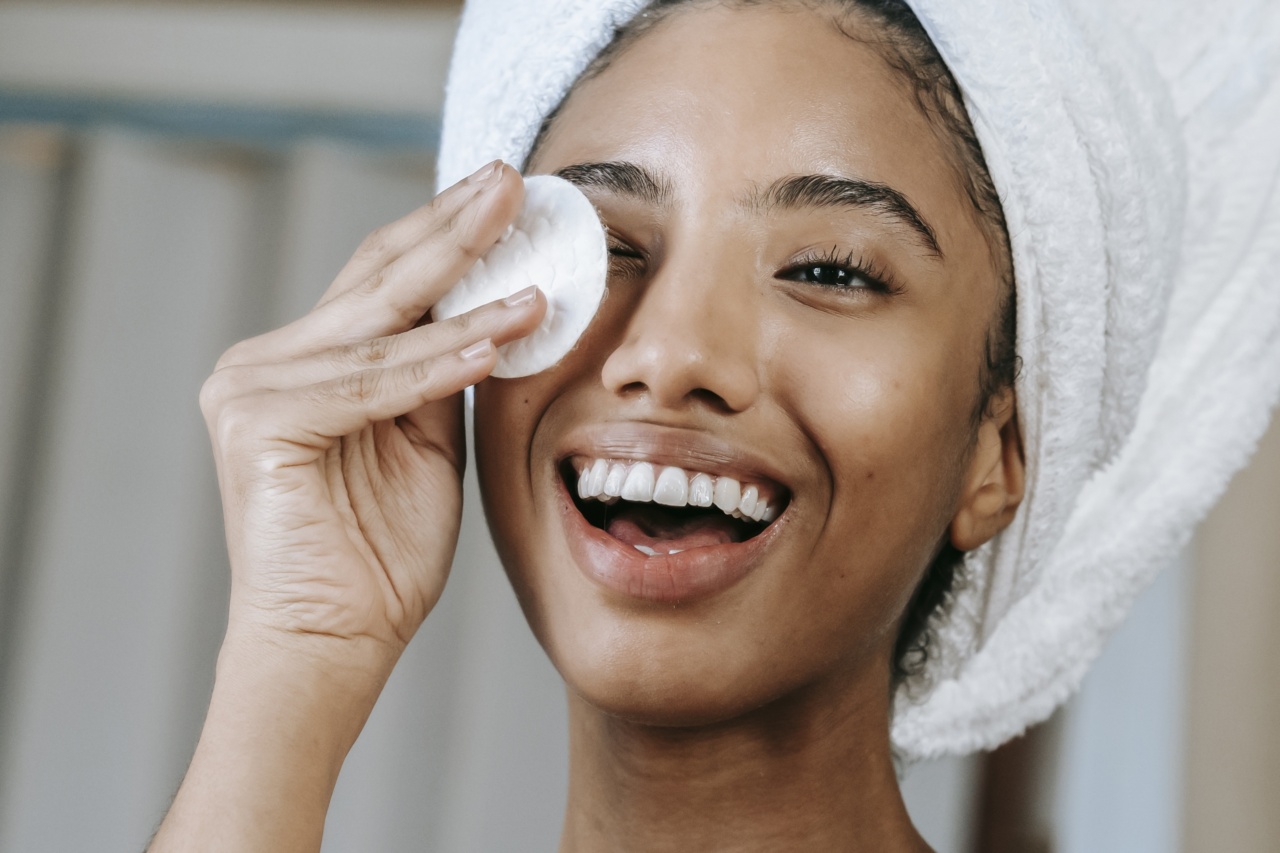The power of a smile cannot be underestimated. In public situations, it’s common to give an obligatory smile. But is that smile genuine? Sometimes it can be hard to tell.
In this article, we’ll explore how to uncover whose smile is truly sincere.
Reasons People Smile
People can smile for many different reasons, but not all smiles are created equal. Some reasons why people smile include:.
- Showing happiness and joy
- Making a good first impression
- Trying to be polite
- Hiding negative emotions
- Mimicking the behavior of others
As you can see, not all smiles convey true emotions. Some people may be going through a difficult time, but they don’t want to burden others with their problems, so they smile to hide the negative emotions they are feeling.
The Anatomy of a Smile
To detect a sincere smile, it’s important to understand the anatomy of a smile. When we smile, a muscle called the zygomatic major muscle pulls up the corners of our mouth, creating wrinkles in our cheeks.
Additionally, the orbicularis oculi muscle around our eyes contracts, which creates the wrinkles around our eyes commonly known as “crow’s feet.” A true smile will activate both the zygomatic major muscle and the orbicularis oculi muscle, whereas a fake smile may only activate the zygomatic major muscle.
The Duchenne Smile
The Duchenne smile is a term coined by French physician Guillaume Duchenne to describe a genuine smile that activates both the zygomatic major muscle and orbicularis oculi muscle.
A Duchenne smile is also known as a “smile with the eyes” or a genuine smile. When detected, it can indicate a person is truly happy or experiencing positive emotions.
How to Spot a Sincere Smile
There are several ways to spot a sincere smile. Here are a few:.
- Look at the eyes – A sincere smile will always involve the eyes. If someone is smiling and their eyes don’t crinkle at the corners, it may not be a genuine smile.
- Check the timing – A sincere smile will usually occur spontaneously and last longer than a fake smile. If someone gives a quick smile and then looks away, it may not be genuine.
- Look at the context – If someone is smiling during a sad or serious situation, it may not be a genuine smile.
- Pay attention to the whole face – A smile is not just about the mouth. The whole face can reveal whether someone is genuinely smiling or not.
When trying to determine whether a smile is genuine, it’s important to pay attention to the whole person.
How are they standing? What is their body language saying? If someone is genuinely happy, it will often be reflected in their entire demeanor, not just their smile.
The Benefits of a Genuine Smile
A genuine smile is not only a sign of positive emotions, but it can also have many benefits. Here are a few:.
- Reduces stress – Smiling releases endorphins, which are natural painkillers and can reduce stress levels.
- Increases trust – A genuine smile can help build trust and make others feel more comfortable around you.
- Boosts confidence – When you smile, you feel better about yourself, which can lead to increased confidence.
- Improves mood – Smiling can help improve your mood and the mood of those around you.
As you can see, a genuine smile can have numerous benefits, not just for yourself, but also for those around you.
Conclusion
In summary, not all smiles are created equal. To uncover whose smile is truly sincere, pay attention to the eyes, timing, context, and overall demeanor of the person.
And remember, a genuine smile can not only make others feel better, but it can also have positive benefits for yourself.






























